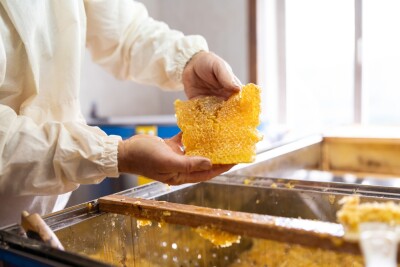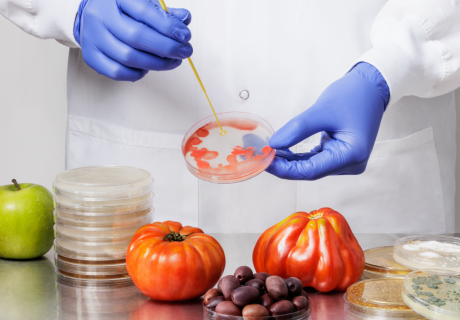Nutrition for Chronic Pain: What to Eat and What Not to Eat

When approaching an anti-inflammatory diet protocol, advise patients to avoid foods that damage the microbiome and opt for those that promote a healing response. Replace sugary, refined foods with whole, nutrient-rich foods. An anti-inflammatory diet also contains plenty of antioxidants, reactive molecules in food that reduce the number of harmful free radicals.
Free radicals are unstable molecules that can damage cells in the body. They often occur through normal metabolic processes. For example, when the body uses oxygen, it creates free radicals as a by-product and the damage caused by the free radicals is called “oxidative stress”. Free radicals can also come from environmental sources, such as pesticides, cigarette smoke, and other environmental pollutants.
While, for the most part, the body can handle free radicals on its own, over time a poor diet, smoking, or prolonged environmental exposures can increase risk for damage. Aging also plays a role, as free radicals damage cells over time.
Eating healthy foods, especially colorful fruits and veggies that are high in antioxidants, may help combat some of the free radical damage.
While there is no one-size-fits-all approach for pain and reducing inflammation, consider plenty of cold-water fish, like salmon and sardines, whole grains, and healthy fats like nuts, seeds, and extra virgin olive oil, as well as dark leafy green vegetables, antioxidant-rich berries and cherries, nutrient-dense vegetables like broccoli and cauliflower, and beans and lentils.
The practitioner may also explore various herbs and spices that can be used to fight inflammation, like turmeric, cinnamon, and others. For example, turmeric has been shown to contain compounds with medicinal properties known as curcuminoids, the most important of which is curcumin. However, the curcumin content of turmeric is not that high, so the most effective dosage is a supplement containing significant amounts of curcumin. In addition, curcumin is poorly absorbed, so it helps to consume piperine-containing black pepper to enhance absorption.
Other anti-inflammatory herbs and spices include cayenne, ginger, cinnamon, cloves, sage, and rosemary. Vinegars and green tea can also help reduce inflammation if consumed regularly.
Keep in mind, lifestyle changes take time, so the practitioner should work with patients to slowly replace inflammatory foods with non-inflammatory counterparts. Avoid foods like processed meats, sugary drinks, trans fats and fried foods, white breads and pastas, and other processed and refined products. In addition, some patients may want to limit foods in the nightshades family, such as tomatoes, eggplants, peppers, and potatoes, which can trigger some inflammatory responses. There is limited evidence to support this, however, but a patient can try reducing nightshades in their diet to see if symptoms improve.
Foods to Avoid:
- Foods high in sugar and refined carbohydrates
- Processed foods and processed meats
- Refined carbohydrates
- Fried foods
- Aspartame
- Sucralose
- Carrageenan
Foods that Fight Inflammation:
- Green leafy vegetables, like spinach or kale
- Fatty fish, like salmon
- Olive oil
- Nuts, like almonds
- Fruits, like strawberries, blueberries, and cherries
Editor’s Note: This is an excerpt from the e-book, Integrative Approaches to Pain Management. To access the full text, click here.




















SHARE